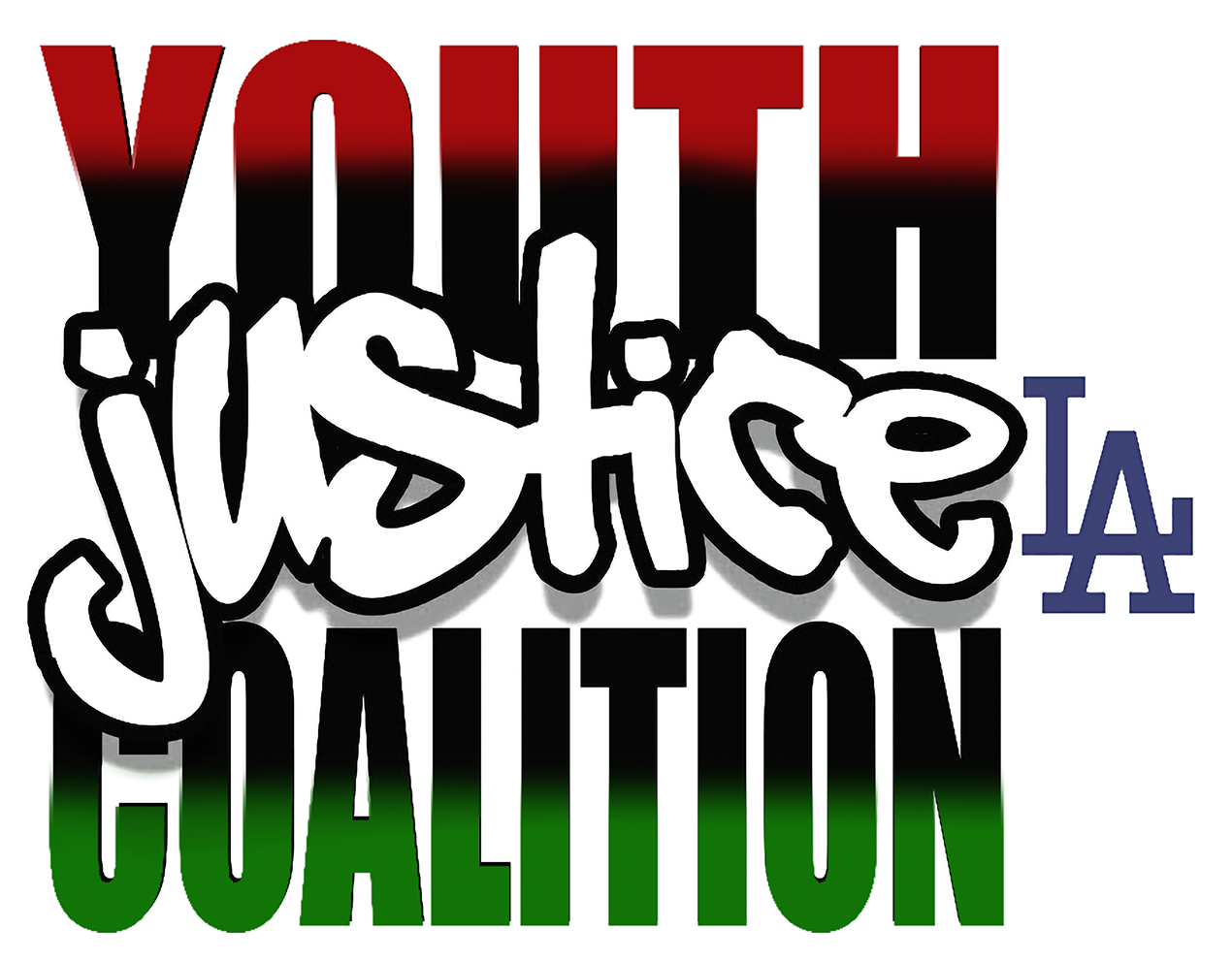
THIS YEAR YOU CAN HELP TO PASS STATE SENATE BILL 1143 THAT WILL SEVERELY LIMIT THE USE OF CONFINEMENT AND ISOLATION OF YOUTH IN JUVENILE HALLS, PROBATION CAMPS AND RANCHES AND THE STATE’S YOUTH PRISON SYSTEM (DIVISION OF JUVENILE JUSTICE).
THIS WEEK, WE CAN END ROOM CONFINEMEMNT IN LOS ANGELES COUNTY JUVENILE HALLS AND CAMPS,INCLUDING ENDING THE USE OF SOLITARY ISOLATION IN A LOCKED ROOM OR CELL, ENDING THE USE OF SECURE HOUSING UNITS (SHUS), AND DESTROYING ALL SHUS AND TURNING THE SPACES INTO ALTERNATIVE USES!
1. PLEASE WRITE A LETTER OF SUPPORT AND SEND IT BACK TO US BY MONDAY, MAY 2ND AT NOON. E-MAIL IT TOkim@youth4justice.org SO WE CAN DELIVER IT TO THE SUPERVISORS. A SAMPLE LETTER IS INCLUDED BELOW.
2. COME OUT THE LA COUNTY BOARD OF SUPERVISORS AT 10AM ON TUESDAY, MAY 3RD AND TESTIFY IN SUPPORT OF THE MOTION, OR SHOW YOUR SUPPORT FROM THE CROWD: KENNETH HAHN HALL OF ADMINISTRATION, 500 WEST TEMPLE STREET, 90012 – NEAR THE CORNER OF GRAND IN DOWNTOWN LOS ANGELES.
THANK YOU!!!
SAMPLE LETTER TO PUT ON YOUR LETTERHEAD:
[DATE]
The Honorable Board of Supervisors
County of Los Angeles
383 Kenneth Hanh Hall of Administration
500 West Temple Street
Los Angeles, CA 90012
Dear Supervisors:
[Name of your organization] is writing in support of the motion by Supervisors Hilda Solis and Sheila Kuehl to end the practice of placing youth in restrictive housing. This motion would align Los Angeles County, the largest in the nation, with the executive action taken by President Obama in January 2016 to eliminate the use of restrictive housing for youth in the federal prison system.
[Short statement about your organization and your connection to the issue.]
[Org name] strongly supports eliminating the practice of isolating youth inside juvenile halls, Probation camps and ranches across California, as well as in the State’s youth prison (Division of Juvenile Justice). Existing law under the California Code of Regulations, under Title 15 & 24 entitled “Minimum Standards for Juvenile Facilities,” fails to provide specific guidelines for the use of room confinement, oftentimes interchangeably using words such as “isolation” with “segregation.”
Long-term and punitive isolation has been nationally and globally condemned as torture. In 1990, the United Nations Guidelines for the Prevention of Juvenile Delinquency (“The Riyadh Guidelines”) prohibited the use of isolation or any other form of punishment that may compromise the physical or mental health of juveniles.
Most recently, during a hearing before the Senate Judiciary Subcommittee on the Constitution, Civil Rights, and Human Rights, Assistant Majority Leader Dick Durbin called for “all federal and state facilities to end the use of solitary confinement for juveniles, pregnant women, and individuals with serious and persistent mental illness, except in those exceptional circumstances where public safety requires it.”
Already, states have taken far-reaching measures to curb the use of room confinement. Several states have altogether prohibited the use of isolation for youth for the purposes of punishment, including Connecticut, Arizona, Maine, Oklahoma, West Virginia, Missouri, Alaska, New York and Texas. In March of 2014, Colorado’s Prison Chief moved to end room confinement. In 2011, Colorado passed legislation limiting use of isolation, and requiring mental health assessments immediately prior to its use for adults in prison, resulting in more than $25 million in annual savings. In 2012, Mississippi finalized a consent decree to prohibit youth under 18 tried as adults from being placed in room confinement.
Yet in California, the use of room confinement against youth continues in both state and local facilities. In 2011, a California Department of Corrections and Rehabilitation (“CDCR”) internal audit found continuing abuses within the Division of Juvenile Justice (DJJ) system, including youth locked up in their cells for more than 23 hours a day. During a 15-week period, there were 249 incidents of solitary confinement; in one case, a youth received only one hour out of his cell over a period of 10 days. In local juvenile facilities, incidents of youth isolation for 23 hours a day have been reported in various counties, but due to insufficient standards, absent data collection, and lack of oversight, these abuses go largely unnoticed until a lawsuit is filed against the offending
county.
Research has shown that room confinement fails to effectively improve behavior or public safety. It is not an evidence-based practice that promotes rehabilitation, as much as it has become a method of control and punishment in correctional environments. Counter to rehabilitative goals, the time incarcerated people spent in Security Housing Units was correlated with a higher rate of recidivism than for those who had not, according to a report released by CDCR in 2011. Indeed, isolating even healthy adults with no mental illness history in a cell can take a traumatic toll and ultimately impede a person’s ability to communicate, think and heal. Youth, who have not fully developed emotionally and mentally, are at an even greater risk of harm caused by isolation. In 1999, the Office of Juvenile Justice and Delinquency Prevention (“OJJDP”) released a study on juvenile facilities across the country that found 50 percent of youth who committed suicide were in room confinement at the time of their suicide. Further, more than 60 percent of the suicide victims had a history of isolation.
Currently, pending before the California legislature is a bill (SB 1143), which seeks to limit “room confinement” of youth across the state to a maximum of four hours. [Org name] is pleased that the motion by Supervisor Hilda Solis and Sheila Kuehl goes even farther than SB 1143, to align Los Angeles County with the recommendations of the United States Department of Justice. This motion presents a historic opportunity for Los Angeles County to lead California in ending restrictive housing of youth, and create standards for its use under limited circumstances with appropriate safeguards. For all the reasons discussed, [org name] strongly supports this motion.
Respectfully,
Your Signature
Your Name
Your Title
